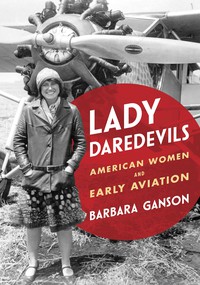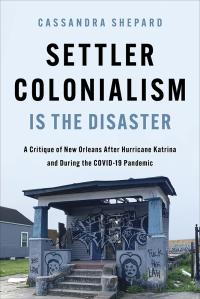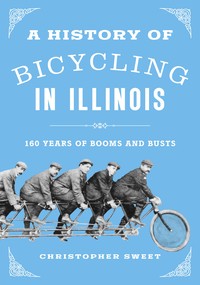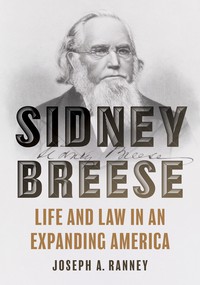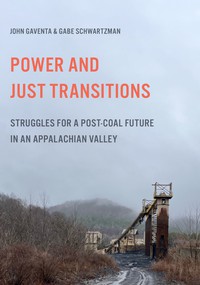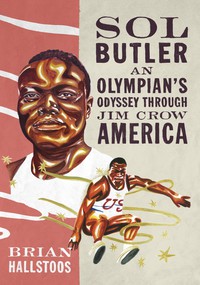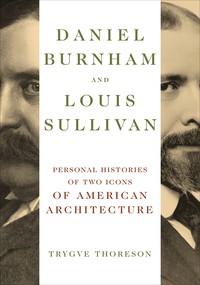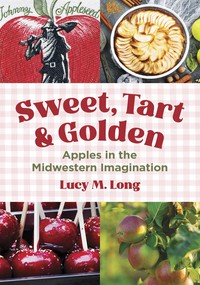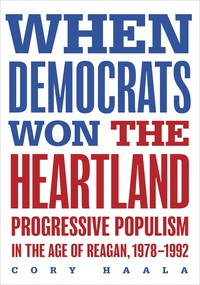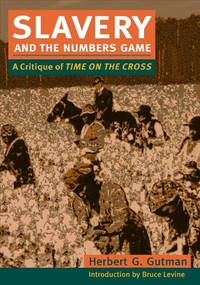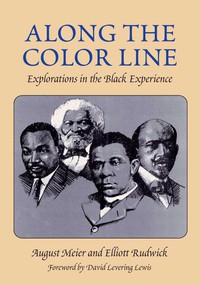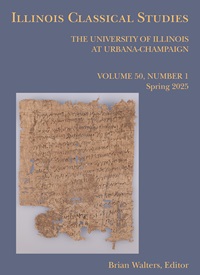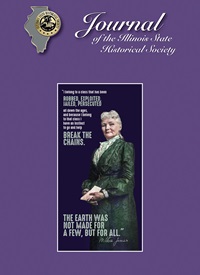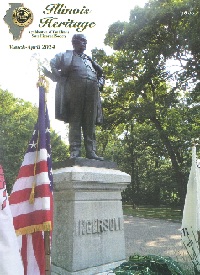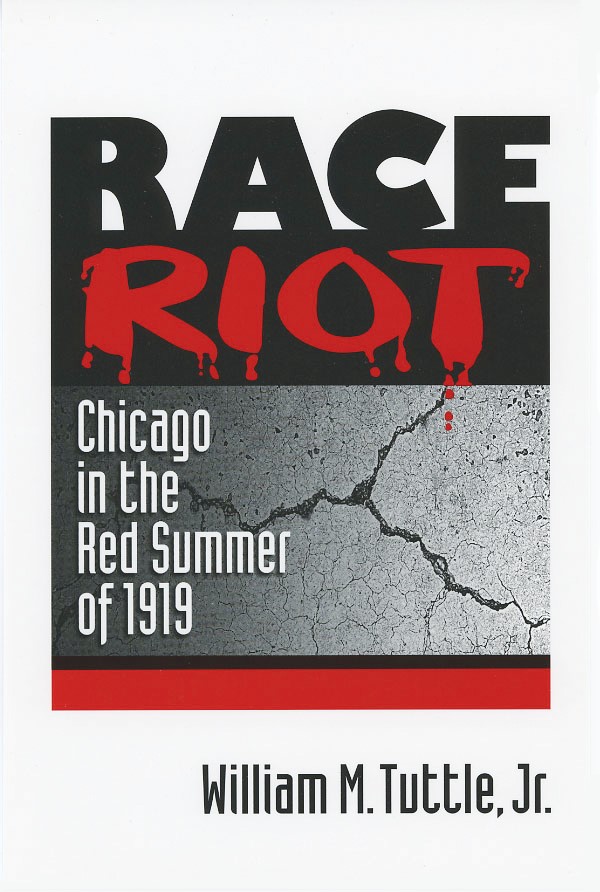
Race Riot
Chicago in the Red Summer of 1919
The award-winning analysis of race, class, and a volatile summer in Chicago history
Paper – $28
978-0-252-06586-6
Publication Date
Paperback: 01/01/1996
About the Book
A classroom perennial, Race Riot remains one of the bedrock studies of race relations in the urban North. William M. Tuttle Jr.'s classic unearths hard-to-find evidence and source material to support his vivid look at the interracial strains that led to one of the nation's most infamous race riots. On one side stood Black Americans energized by their WWI experiences to expect greater opportunity. On the were white, predominantly Irish people who feared a loss of status as the Great Migration swelled the Black community. The legacy of racism, combined with tensions over issues like housing, labor, politics, and policing, converged to pit the sides against one-another and, after a season of slights and violent acts, led to five days of bloodshed.About the Author
William M. Tuttle is a professor emeritus of history and American studies at the University of Kansas. His books include "Daddy's Gone to War": The Second World War in the Lives of America's Children.Reviews
"Tuttle's catalogue of the causes of racial conflict in Chicago sounds depressingly up-to-date."-- Eric Foner, New York Times Book Review"Vividly written. A fine study with surprising appeal for the lay reader."--Publishers Weekly
"A fascinating and important study, as well researched and written and thought out as any this reviewer has seen in recent years."--Gilbert Osofsky, Journal of American History
Blurbs
"One cannot fully understand the Chicago riot of 1919 or, indeed, the post-World War I racial strife without reading this important work."--John Hope Franklin
"This book has more lives than a cat because its feet are firmly planted on the bedrock issues of race and class, its analysis goes to the quick of urban-industrial life in the early twentieth century, and its vivid narrative captures the tumultuous riot without ever losing scholarly balance. A quarter century after it was first published, it has still not been excelled."--Alan Dawley, author of Struggles for Justice: Social Responsibility and the Liberal State

